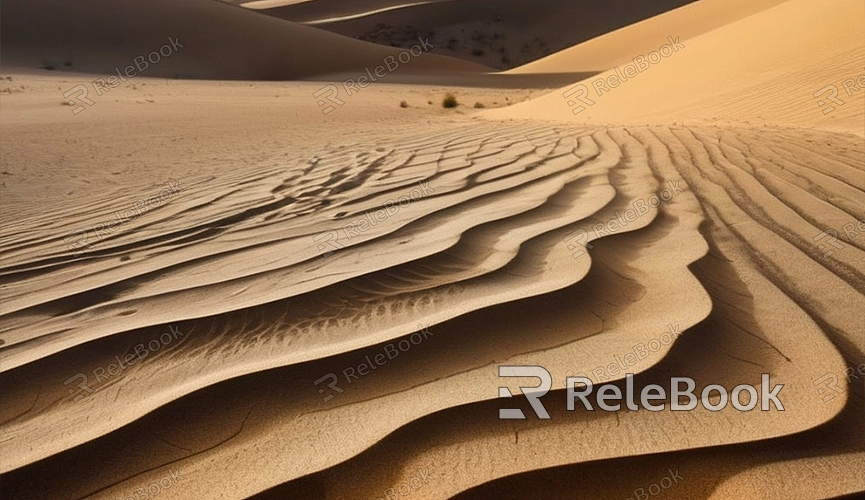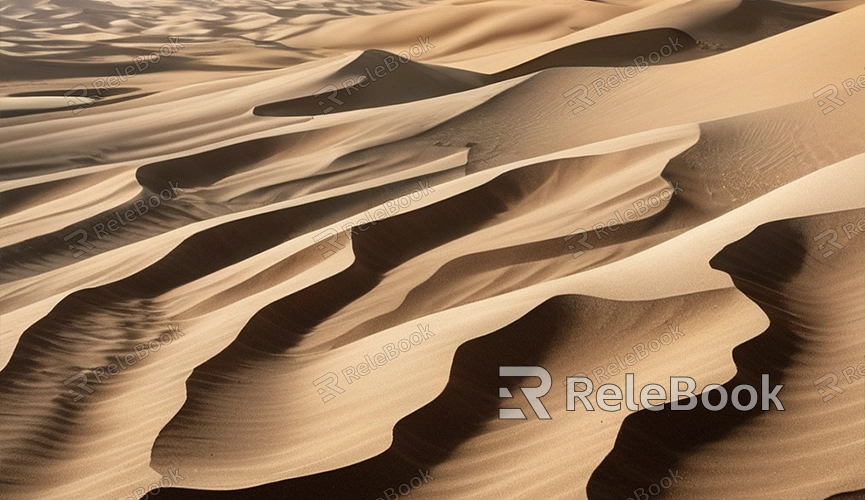How to Make 3D Landscape Models
Creating 3D landscape models is incredibly useful across various fields such as game development, animation production, and architectural visualization. In this article, we'll explore in detail how to create realistic 3D landscape models and provide practical tips and tools. We aim to explain these concepts in straightforward language to help you grasp this skill effortlessly.
Choosing Suitable Software
Firstly, you need to select software suitable for creating 3D landscape models. Blender is a highly popular and free 3D modeling software known for its powerful capabilities, suitable for beginners and professionals alike. Other common software includes Maya, 3ds Max, and Cinema 4D.

Acquiring Terrain Data
Before creating a landscape model, you'll need to acquire terrain data. You can use existing Digital Elevation Model (DEM) files or generate terrain data from terrain generation software such as World Machine or Terragen. This data helps in creating more realistic terrain models.
Importing Terrain Data
In Blender, you can start creating terrain models by importing DEM files or other formats of terrain data. Select "Import" from the "File" menu and choose the appropriate file format. The imported data will serve as a base mesh for further modeling and modification.
Adjusting Terrain
Once you've imported terrain data, you can begin adjusting the terrain model. Use Blender's sculpting tools to easily modify the terrain. For instance, you can add mountains, valleys, rivers, and other terrain features. Adjust vertex positions to achieve more detailed terrain effects.

Adding Materials and Textures
To enhance the realism of your terrain model, add materials and textures. In Blender, use the "Material Properties" panel to add materials and the "Texture Properties" panel to apply textures. Choose appropriate textures for ground, rocks, and vegetation to enhance the realism of the terrain.
If you need high-quality 3D textures, HDRI, or downloadable 3D models for creating models and virtual scenes, consider downloading them from Relebook. Download textures and 3D models directly for seamless integration into your projects.
Setting Lighting and Rendering
Lighting plays a crucial role in the final appearance of your terrain model. In Blender, use the "Lighting Properties" panel to add and adjust light sources. Choose suitable light types such as sunlight or point lights and adjust their positions and intensities for desired lighting effects.
Once lighting is set up, you can start rendering the terrain model. In the "Render Properties" panel, choose a rendering engine like Cycles or Eevee. Adjust rendering parameters to achieve high-quality images. After rendering, save the images in common formats such as PNG or JPEG.
Optimizing Terrain Models
To ensure optimal performance of your terrain model across different applications, you may need to optimize it. Reduce polygon count, merge duplicate vertices, and remove unnecessary details to significantly improve model performance. In Blender, use the "Simplify" modifier in the "Modifiers" panel to reduce polygon count.
Exporting Terrain Models
After completing the terrain model, export it to common 3D file formats such as OBJ or FBX for use in other software. Select "Export" from the "File" menu and choose the desired file format. Exported terrain models can be used in game engines, animation production, architectural visualization, and more.
Application Scenarios
Having learned how to create 3D landscape models, you can apply them in practical projects. For example:
- In game development, use terrain models to create realistic game environments.
- In animation production, terrain models can depict majestic natural landscapes.
- In architectural visualization, terrain models help showcase buildings in realistic environments.
We hope this article helps you master the basics of creating 3D landscape models and apply these techniques in real-world projects. If you need high-quality 3D textures, HDRI, or downloadable 3D models for creating models and virtual scenes, consider downloading them from Relebook for seamless integration into your projects.

